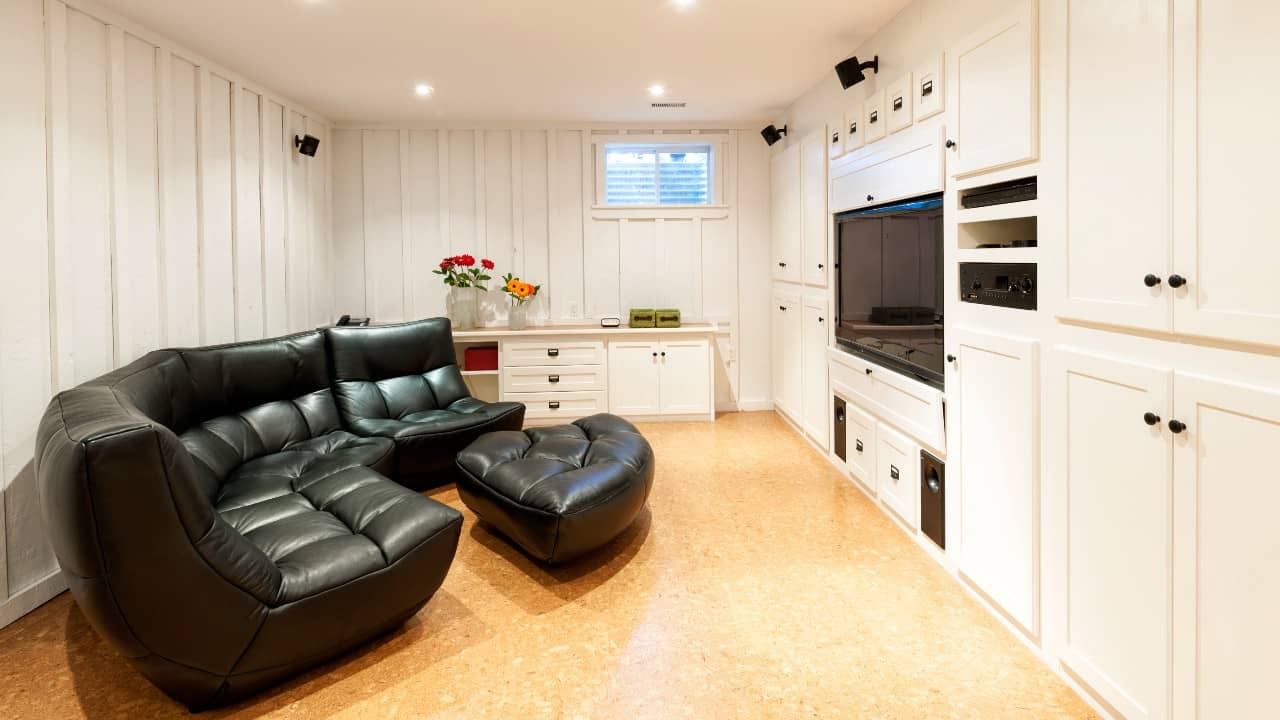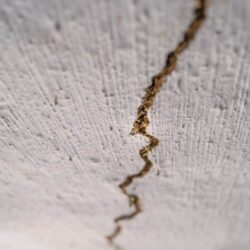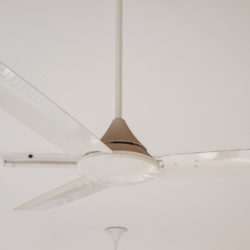Are you looking for ways to increase your home’s energy efficiency? If so, keep in mind that installing insulation to the basement ceilings can be quite effective in this regard.
Unfortunately, however, basement ceiling insulation isn’t exactly an easy task, particularly when compared to wall insulation. Not only will you have to deal with all sorts of obstructions – such as pipes, wires, and beams – but also spend quite a bit of money to complete this project.
In this article, I’ll be exploring both sides of the argument, with the ultimate goal of helping you determine whether you should or shouldn’t insulate your basement ceiling.
Contents
Why Should You Insulate Your Basement?
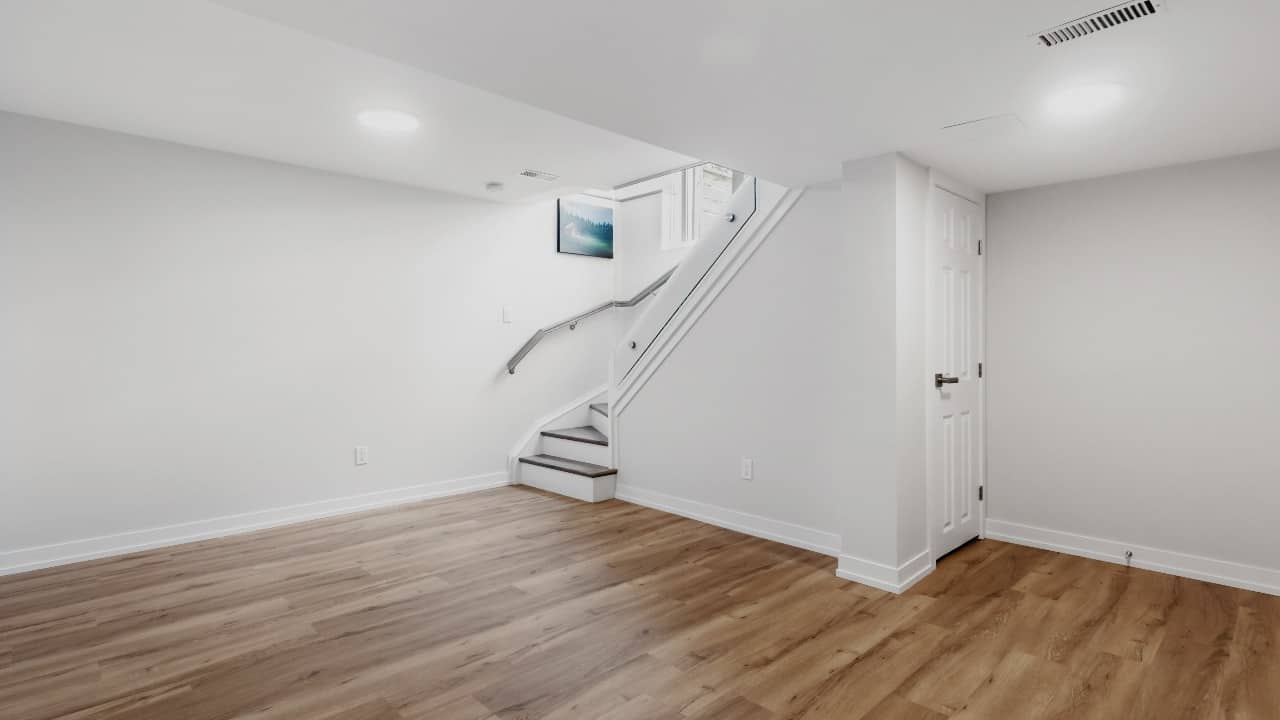
Speaking generally, basement insulation is crucial. Most underground spaces – including basements, which most homeowners have under their houses – are prone to issues such as air leaks and damp areas, both in the ceiling and the walls.
One thing that makes the basement ceiling an incredibly important part of a house is the fact that it connects to the first floor of one’s home.
Proper insulation of a basement ceiling will provide you with a heat-loss barrier and keep the aforementioned problems at bay. When installed correctly, basement ceiling insulation keeps a home warmer in cold weather and cooler in warm weather.
To put it simply, it makes a home more energy-efficient.
Pros of Insulating Your Basement Ceiling
Keep Out Allergens
Are you using your basement as a storage space? If so, keep in mind that harmful particles – such as mildew, mold, dust, and many other sorts of allergens – may form there and then spread to the walls of the living space above the basement.
With adequate basement ceiling insulation, all of this can be avoided completely. Choosing to insulate your basement ceiling means keeping the polluted air right there in the basement.
Adherence to Local Building Codes
Maybe the basement ceiling insulation is something you actually have to do. There’s a good chance it’s required by the local laws, i.e. the local building codes.
These kinds of laws typically require meeting a particular R-value in the basement (more on R-value later). While the requirements can vary from one city to another, choosing to insulate the ceiling of your basement is bound to help you reach the specified target.
Improved Comfort
Once the basement ceiling insulation has been installed, the basement itself and the rooms above it will maintain an even temperature and feel more comfortable.
It goes without saying that this can be an especially big advantage if you’re using your basement as a living space.
Improved Soundproofing
In case you’re using your basement as an office or rehearsal space, you’d probably like to have a good sound barrier between the basement floor and the floor above it.
As you can already guess, insulating basement ceilings is a great way to keep the noise contained – whether it’s generated in the basement or on the floor above it.
Better Temperature Management
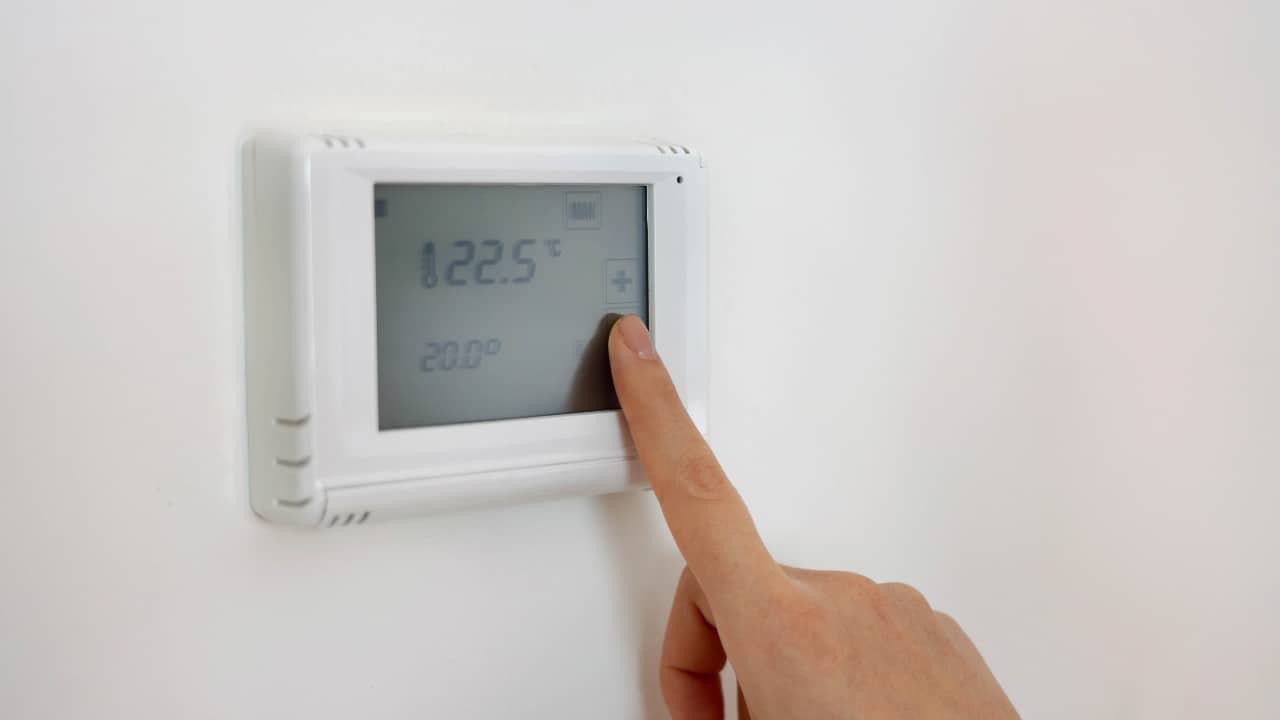
If the ceiling of your basement is not insulated, there’s a good chance that the humid and hot air counteracts your cooling in the summertime. In the same manner, the damp and cold air negates your heating during the winter months.
In case there’s some kind of heating installed in your basement and you’re spending a lot of time in it – using it as a home gym or enjoying your home theater there, for example – the basement ceiling insulation can stop the heat loss, i.e the heat going to the floor above. And since heat rises, this is very important.
Cons of Insulating Your Basement Ceiling
Decreased Airflow
Insulating your basement ceiling can also be seen as completely cutting off this below-ground level room from the rest of the house. In other words, you’ll be limiting airflow in the basement, which, in turn, can lead to the development of condensation and consequently dampness.
This is precisely why it’s crucial to take care of ventilation before actually adding (the right) insulation to the basement ceiling. You are bound to have mold-related issues if you allow dampness to develop down there.
Cost
As you can see from above, sorting out ventilation before adding insulation to the basement ceiling is crucial and it will add some extra expenses.
And when it comes to the task of basement ceiling insulation itself, you will, of course, have to pay for the installation process (if you’ll not be doing it on your own) and for the insulation material.
Keep in mind that insulating your basement is not always a one-off investment. That’s because some types of basement insulation – like fiberglass insulation – have to be refurbished after a couple of years.
This is particularly true if your basement is very damp. After all, fiberglass products can rarely be dried – only replaced.
You’ll also have to fork out quite a bit of money on wrapping up your water heater tank and insulating the pipes in the basement in general. The reason why you’ll have to do this is in order to prevent bursts and breakages in wintertime.
All in all, insulating the basement ceiling can cost quite a lot – there’s just no way around it.
Loss of Space
In order to make basement ceilings truly well-insulated, many homeowners have to double up on the insulation material.
The result of this is quite obvious – a significant loss of height in the basement. You will almost certainly experience this if you decide to go with fiberglass batts, much more so than with any other material.
The Types of Basement Ceiling Insulation
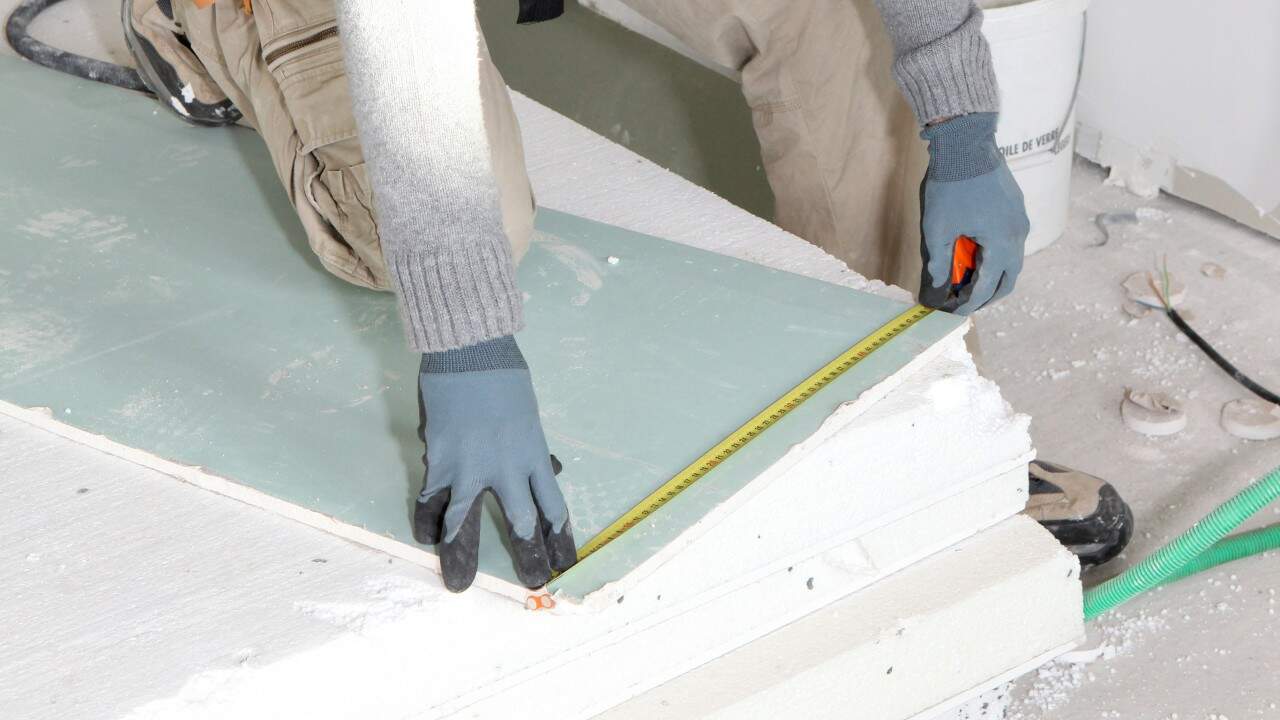
Fiberglass Insulation
Fiberglass insulation – or fiberglass batting, to be more precise – is one of the most popular choices. It successfully prevents cold air and moisture from getting inside the basement and does a great job at keeping the warmth inside.
If you decide to go with fiberglass batt or roll insulation, make sure to wear protective eyewear and a mask – fiberglass is notorious for its tendency to irritate one’s breathing passages and skin.
Installing insulation of this type is as easy as it gets, however. All you’ll need is your own two hands and a utility knife.
Foam Board Insulation
Foam board insulation, on the other hand, is a genuinely economical solution.
Although not the most suitable choice for regions with high humidity levels, it’s exceptionally easy to install and it’s quite efficient when it comes to keeping the heat inside. The low cost is, however, its biggest advantage.
Cellulose Insulation
Cellulose batt insulation is probably the most environmentally friendly option.
Made out of recycled materials, cellulose batts (which are just a tiny bit wider than the space between ceiling joists and wall studs) are extremely effective in terms of soundproofing.
Unfortunately, however, they’re not suitable for all types of climates and can be somewhat difficult to install.
Spray Foam Insulation

Spray foam insulation is rarely a bad choice. Its only downside is that it’s more expensive than most of the other options.
If you choose to insulate your basement with spray foam insulation, you’ll be keeping the moisture out of your basement and thus also keeping the dangerous mold at bay.
Spray foam insulation also has a high R-value and is very good at blocking noise (great if you have a noisy HVAC system whose sounds you’d like to dampen).
Mineral Wool Insulation
Most of the time, homeowners choose mineral wool insulation because it’s an environmentally friendly option – just like cellulose. It is fire-resistant and available in a few different types, depending on how much moisture protection or soundproofing you need for your basement ceiling.
The blanket insulation also deserves a quick mention. Unlike the other insulation types listed above, blanket insulation can be made out of various materials – including mineral wool, natural fibers, and fiberglass – and is available in all shapes and sizes.
What is the Right R-Value for This Kind of Insulation?
If increasing the home’s energy efficiency is your primary goal with the basement ceiling insulation, you will have to aim for a high R-value.
The minimum value you should strive for is 10. Obviously, aiming for a higher R-value is never a bad idea – any R-value bigger than 10 will provide you with a surface area whose energy efficiency rating is greatly improved.
Basement Ceiling vs. Basement Walls: What to Prioritize?
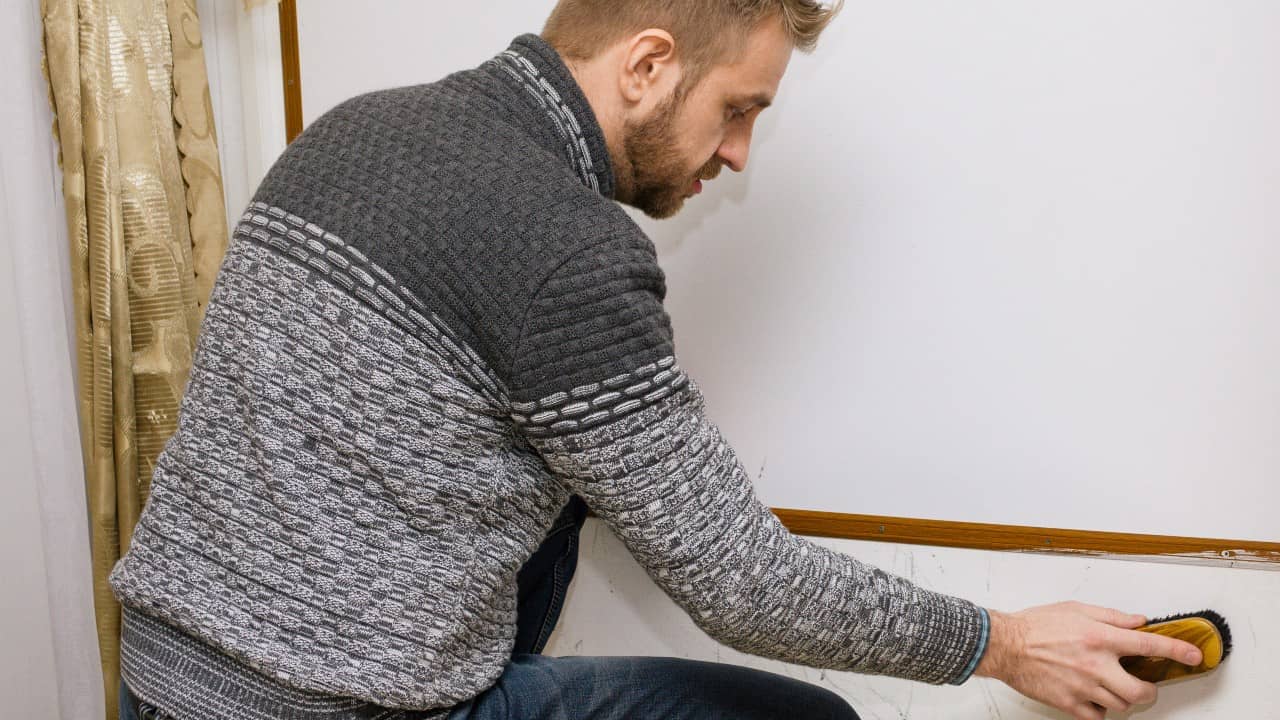
Many homeowners who decide to insulate their basements often wonder what they should prioritize: the basement ceiling or the basement walls? Unfortunately, there’s no easy answer to this question.
As I mentioned above, insulating the ceiling of this room prevents the warm air from leaving the basement floor and going to the upper levels of the house. Insulating the walls of the basement, on the other hand, will limit the heat loss to the outside.
Often, homeowners choose to insulate both the ceilings and the walls of their basements at the same time. This would be an ideal (although quite costly) solution to this problem.
If the walls of your basement are not insulated in any way, I would recommend focusing on them first.
The thing that can turn the basement into a huge heatsink during wintertime is letting the outside temperature get inside it. The reason behind this is quite obvious – there’s a pretty big difference between the air inside the basement and the outside air.
Also, keep in mind that your basement ceiling insulation will never be 100% tight because of ducts, wiring, and other fittings.
In other words, choosing to focus on the ceiling while leaving the walls bare simply won’t improve the energy efficiency of your home to the desired level. If the walls of your basement are not in direct contact with the ground and do not require the installation of wall insulation, you can safely work on insulating just the ceiling.
Do I Need a Vapor Barrier on My Basement Ceiling?
Installing a vapor barrier while insulating the ceiling of your basement is never a bad idea.
It can be particularly useful for homeowners who live in wet and cold climates, as the vapor barrier prevents a buildup of moisture, which, as you already know, can cause the growth of dangerous mold.
Since the market offers several different types of vapor barriers, it’s important that you choose the one that is going to be compatible with the basement insulation material of your choice.
Should I Insulate My Unfinished Basement Ceiling?
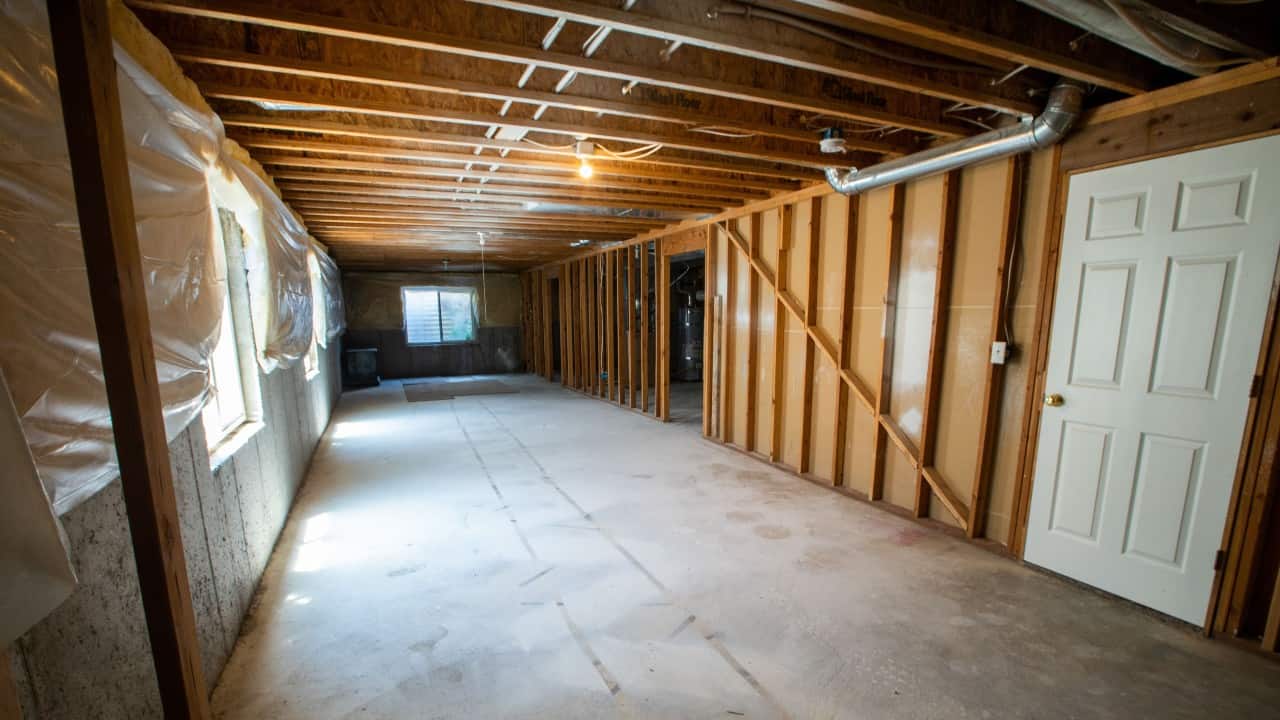
If it’s unfinished, you should not insulate your basement ceiling.
The reason behind this is quite simple – doing something like that will make the room right above the basement colder and more susceptible to condensation.
The Takeaway
As you can see from above, installing insulation on your basement ceiling comes with a number of advantages and disadvantages.
In my opinion, the pros outweigh the cons – yes, insulating a basement ceiling can cost a lot, but it also reduces stress on your HVAC system, allows for better temperature management, and it improves soundproofing and the overall comfort inside the basement.
If you do choose to insulate the ceiling of your basement, make sure to choose insulation with a high R-value – this will help keep the cold air and moisture out and the heat in.
